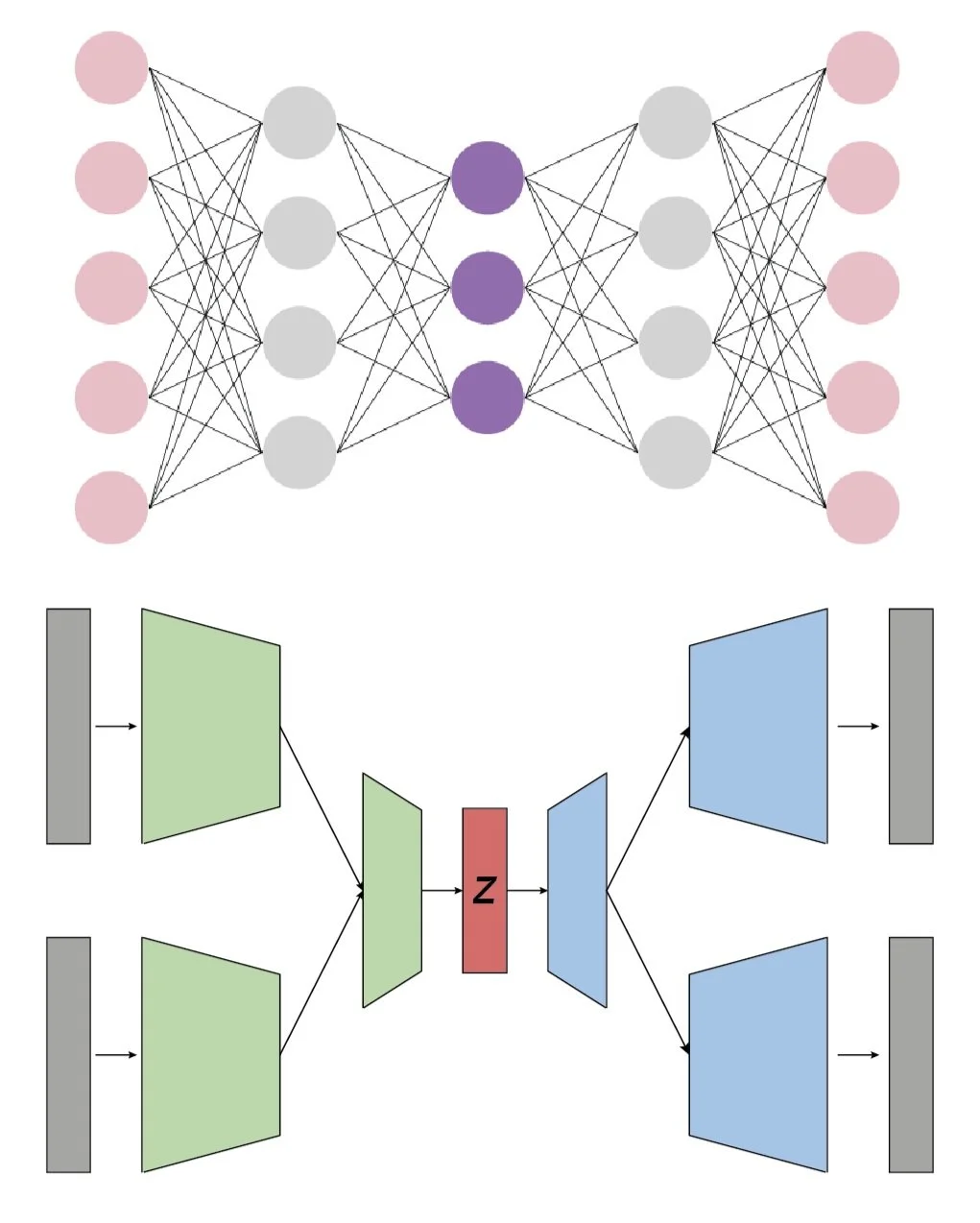Research
Our goal is to advance predictive biology for tissues by studying aging and tissue homeostasis. In homeostasis, diverse groups of cells sense, integrate, and respond to local and global signals across time and space. We aim to understand how these cellular circuits process finite signals to produce diverse outputs, and how this regulation breaks down with age. Because our ability to understand is fundamentally limited by what we can measure and model, we work at the interface of cutting-edge genomic technologies (single-cell and spatial methods for tissue biology), perturbations, and computation. Our areas of focus are on dynamically remodeling systems such as the ovary and cardiovascular system.
Technology
Perturbations
Computation
Current Themes
Tissue resilience in cardiovascular disease
Our research focuses on understanding tissue resilience in cardiovascular disease: the ability of human vascular tissues to maintain function and recover after stress or injury. We combine multi-omics, histology, and deep learning to identify the molecular and cellular programs that preserve homeostasis or promote repair in the face of chronic stress. A major focus is on how the extracellular matrix, immune cells, and vascular smooth muscle cells interact to either stabilize or destabilize the vessel wall. By uncovering the early molecular events that distinguish adaptive remodeling from pathological degeneration, we aim to identify biomarkers of disease progression and therapeutic targets that restore vascular resilience.
Ovarian aging
The ovary is one of the first organs to age. Both its reproductive and endocrine functions rely on dynamic changes in cell type composition, cellular programs, and their interactions across the estrus/menstrual cycle. Remarkably, these cyclical processes cease with age, but the underlying cellular and molecular changes that drive this transition remain poorly understood. We combine cutting-edge spatial profiling, in vivo lineage tracing, and machine learning to uncover the drivers of ovarian aging, with a particular focus on immune and vascular dysfunction. By studying the ovary as a model system, our goal is to uncover fundamental principles of tissue organization, translate these insights to human biology, and identify novel therapeutic targets.
We are grateful to our funding sources for their support:





